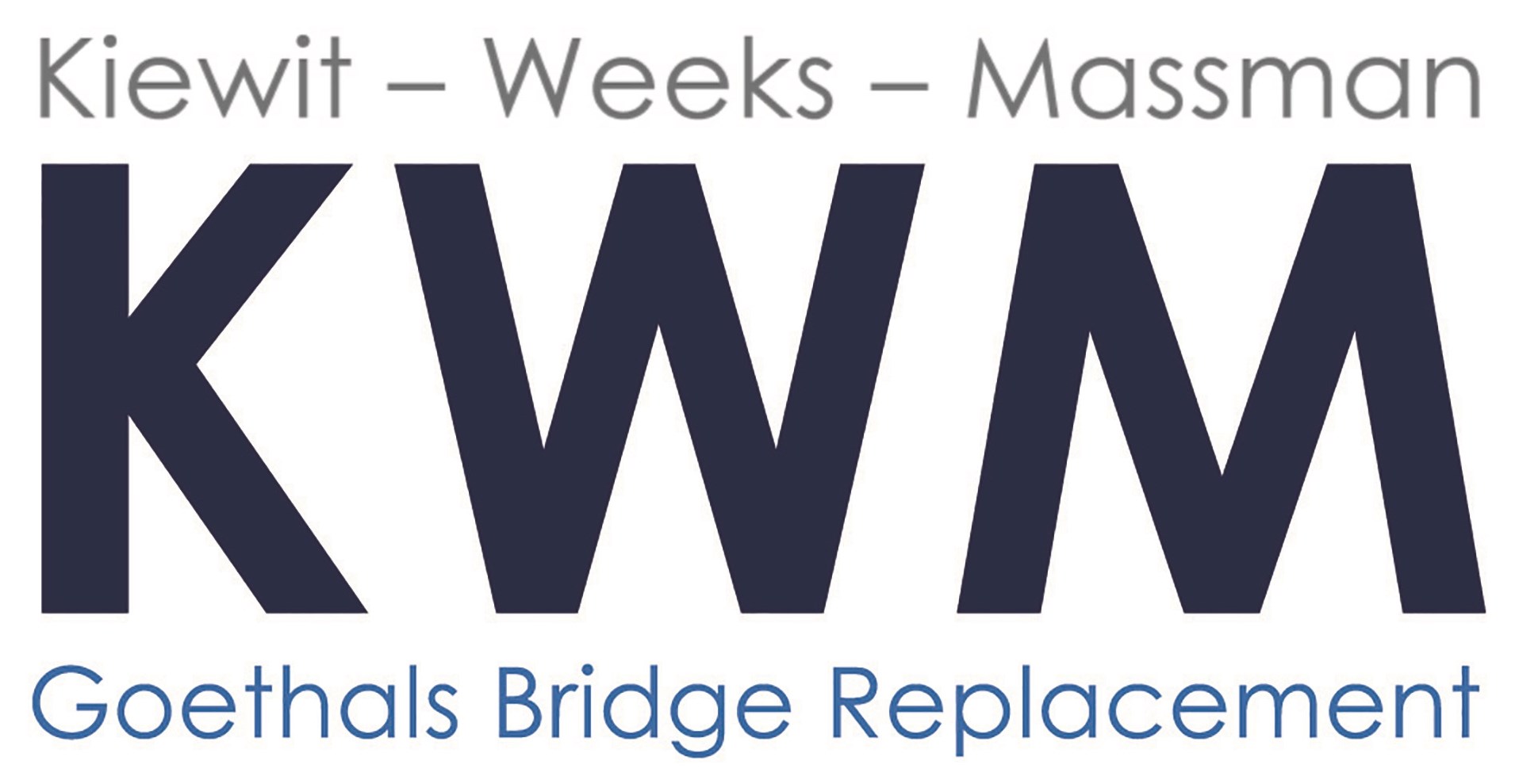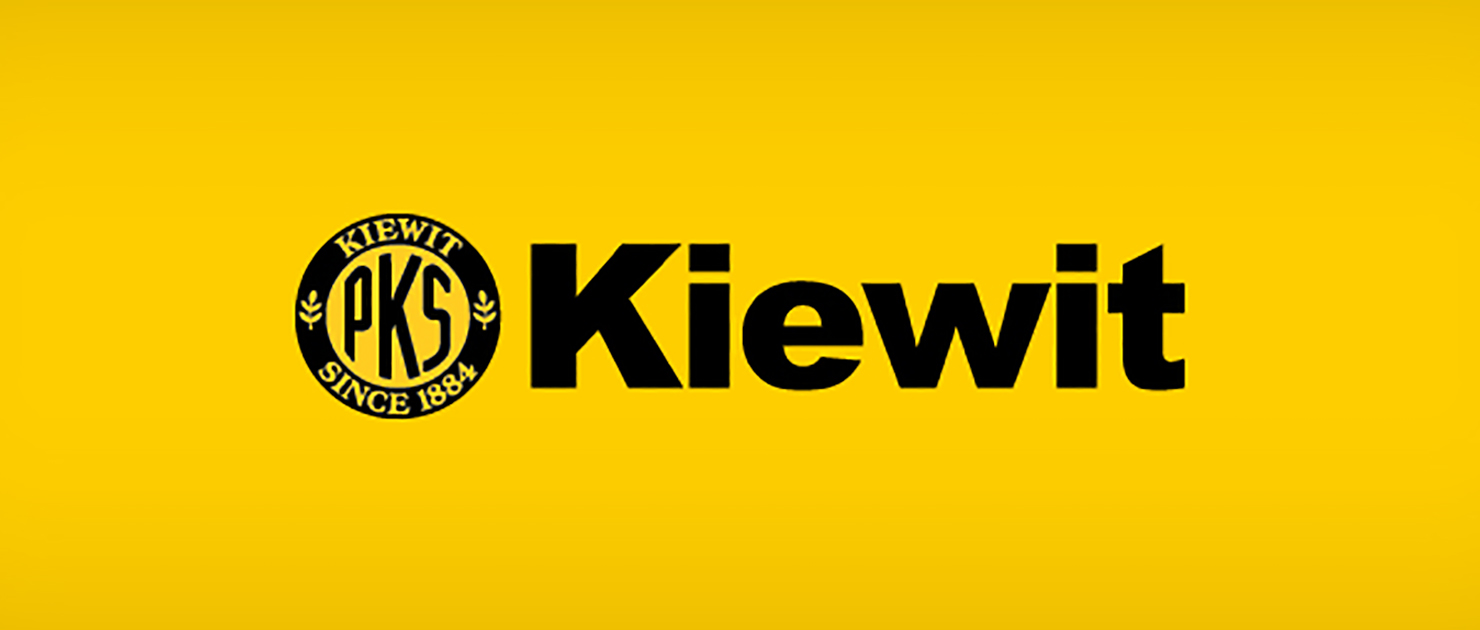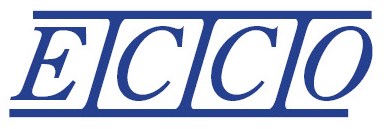Hispanic Businesses in the United States
09/18/2025

By Barbara Weltman
September 15 through October 15 is National Hispanic Heritage Month. It’s a time to recognize the contributions of the Hispanic population to the United States. Hispanics comprise about 20 percent of the US population, making them the largest racial or ethnic minority in the country. From a business perspective, Hispanics own more than 5.1 million businesses (14.5 percent of all US businesses) and employ nearly 3 million workers.  Because Hispanics are a minority, there are some government incentives to help start and grow a business. Small business owners in the US should pay close attention to Hispanic businesses and to Hispanic consumers because of their economic influence, demographic growth, and cultural impact. Because Hispanics are a minority, there are some government incentives to help start and grow a business. Small business owners in the US should pay close attention to Hispanic businesses and to Hispanic consumers because of their economic influence, demographic growth, and cultural impact.
Status of Hispanic businesses
 According to Brookings, “Latino- or Hispanic-owned businesses have grown at an average annual rate of 7.7 percent, surpassing the 0.46 percent growth rate for all employer businesses.” According to Brookings, “Latino- or Hispanic-owned businesses have grown at an average annual rate of 7.7 percent, surpassing the 0.46 percent growth rate for all employer businesses.”
Best locations for Hispanic businesses
 WalletHub’s recent survey shows the best locations for Hispanic entrepreneurs, ranking them from #1 (Orlando, Florida) to #182 (Huntington, West Virginia). Eleven of the top 20 cities are in Florida. The survey is based on 23 key indicators of business friendliness toward Hispanic entrepreneurs, which are grouped into two main dimensions—Hispanic business friendliness and Hispanic purchasing power. Dover, Delaware, ranked #1 for Hispanic purchasing power. WalletHub’s recent survey shows the best locations for Hispanic entrepreneurs, ranking them from #1 (Orlando, Florida) to #182 (Huntington, West Virginia). Eleven of the top 20 cities are in Florida. The survey is based on 23 key indicators of business friendliness toward Hispanic entrepreneurs, which are grouped into two main dimensions—Hispanic business friendliness and Hispanic purchasing power. Dover, Delaware, ranked #1 for Hispanic purchasing power.
Government contracting
The federal government aims to award 23 percent of prime federal contract dollars to small businesses. Many Hispanic-owned businesses may qualify as “small” for purposes of these contracting opportunities. Some of these dollars are supposed to go to specified small businesses.
 State and local governments also have contracting opportunities that may benefit Hispanic-owned businesses. State and local governments also have contracting opportunities that may benefit Hispanic-owned businesses.
Tax breaks
There are no specific tax breaks for Hispanic-owned businesses; they are treated like all businesses. But because they may be located in low-income areas, certain tax breaks come into play:
Final thought
You don’t have to be Hispanic to appreciate National Hispanic Heritage Month. As a small business owner, it’s important to recognize the demographics . . . with about 20 percent of the population Hispanic now and 28 percent expected by 2030 . . . and what this represents in terms of buying power. Buena suerte to all small business owners!
For information concerning business start-ups, see this list of blogs.
About Barbara Weltman Called “the guru of small business taxes” by The Wall Street Journal, Barbara has been working since 1977 as an attorney and small business advocate with a mission to make entrepreneurs smarter™.
Source:Big Ideas for Small Business
Back To News |
||
|
|
||
|
© 2025 Small Business Exchange, Inc. |
||













